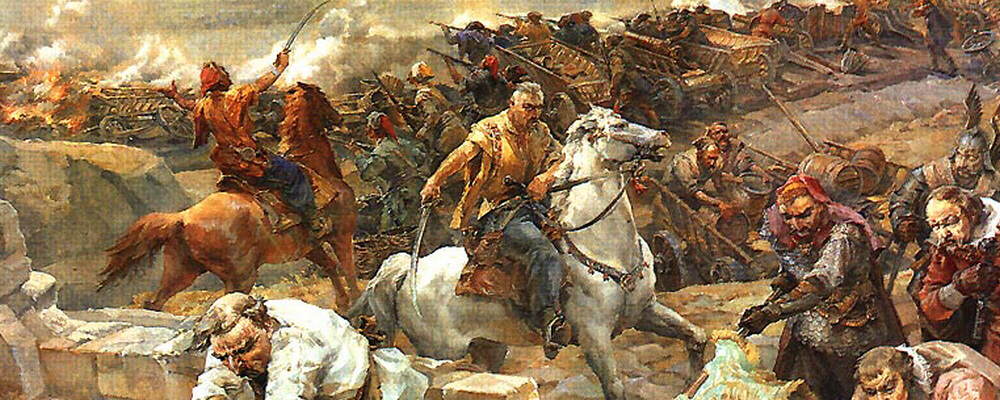The Polk and Sotnia Centers of Eighteenth-century Hetmanshchyna: Cities, or Large Villages?
Ihor Serdiuk
V. H. Korolenko National Pedagogic University, PoltavaApril 10, 2012
Center for Urban History, Lviv
In contrast to the traditional West European city or the Ukrainian cities of the Polish-Lithuanian Commonwealth, the sotnia and polk centers of Hetmanshchyna may seem like large villages. Those who deny their urban status stress the agricultural economics, point to the low population figures, note the absence of "niceties" like stone buildings, narrow streets, castles, and central squares with towers. However, the special character of the region, which in the fifteenth and sixteenth century was part of the so-called Wild Reaches (Dyke pole), should be taken into account. Life within the confines of former medieval cities of the region began to renew only in the late sixteenth century. For this reason, stone fortifications were no longer relevant and gave way to earthen fortresses. The appearance of Hetmanshchyna towns at the stage of their renewed founding was thus substantially different from their counterparts west of the Dnipro river. Other, more significant remarks as to population numbers, lifestyle, economics, and political developments also hold caveats, as sotnia and polk towns also functioned as administrative centers, attracting resources, including population. The presentation focused on how the cities performed this function, and how the city was reflected in the demographic behaviour of its residents.
The following problems were discussed:
- the legal status of magistrate and tower cities, and the implementation of self-government rights in the eighteenth century;
- the Hetmanshchyna city as an economic and administrative center;
- urban population in light of its demographic characteristics.
Ihor Serdiuk
is Senior Teacher of the Chair for Ukrainian History,V. H. Korolenko National Pedagogic University in Poltava. In 2012 he defended a dissertation on the historical-demographic characteristics of “regiment cities” of the Hetman period. Serdiuk has authored the book Polkovykh horodov obyvateli: istoryko-demohrafichna kharakterystyka miskoho naselennia Hetmanshchyny druhoyi polovyny XVIII st. (Residents of Regiment Towns: A Historical-Demographic Characterization of the Urban Population of Hetmanshchyna in the second half of the Eighteenth Century, Poltava, 2011). His academic interests include historical demography and urban studies of Hetmanshchyna, and, more recently, the study of children and childhood in traditional Ukrainian society.
